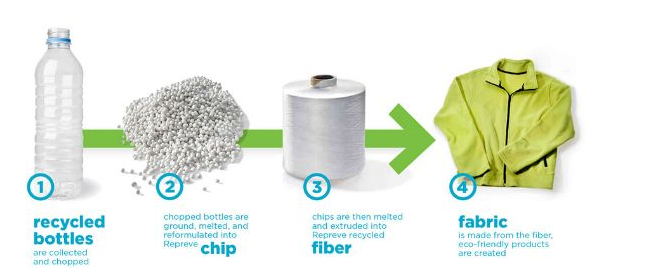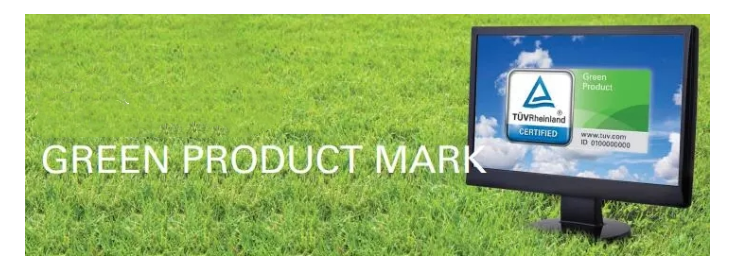Feel Free To Contact Us
Please complete the form below, and our sales team will be in touch with you shortly.
How can recycled materials be used in textiles? The first step is to make recycled fiber materials, which are usually made of polymer materials by chemical synthesis, so this kind of materials is also called recycled fiber.
1.Recycled chemical fiber
Recycled Chemical Fibers are made from used Chemical Fibers or textiles and other waste polymer materials. They are either physically loosened for reuse or melted or dissolved for spinning Or the recovered polymer material is further cracked into small molecules, which are repolymerized and then spun into fibers. The Regenerated Chemical Fiber is also called Regenerated Chemical Fiber because it is made from waste Fiber and Regenerated Chemical Fiber is realized.
The recycled chemical fibers mainly include polyester fiber, polyamide fiber, polypropylene fiber, polyurethane fiber, polyacrylonitrile fiber, polyvinyl chloride fiber, etc. It is similar to the original chemical fiber in composition, structure and physical and chemical properties. The fibers with relatively mature technology are mainly polyester fiber and polyamide fiber Other fibers can not be directly used as textile materials because they can be recycled to be similar to monomers or polymers.
How can recycled materials be used in textiles? The first step is to make recycled fiber materials, which are usually made of polymer materials by chemical synthesis, so this kind of materials is also called recycled fiber.

2.Recycled polyester fiber
According to the principle of regeneration, the preparation methods of recycled polyester fiber can be divided into physical method and chemical method The physical method refers to the waste polyester materials after sorting, cleaning and drying as raw materials for direct melt-spinning regeneration method; Chemical method refers to the process of depolymerization of waste polyester materials into polymerization monomer or polymerization intermediate by chemical reaction, regeneration polymerization and melt spinning after purification.
But in recent years, the chemical method has shown a growing trend through the innovation of equipment and technology, and its main advantage is the low requirement for sorting and cleaning of waste polyester. In 2002, Teijin started to produce regenerated polyester fiber by chemical method on a large scale. Zhejiang Jiaren New Material Co. , Ltd. produced regenerated polyester fiber by chemical method.

3.Recycled polyamide fiber
Polyamides are mainly polyamide 6 PA6 and polyamide 66 PA66. As a thermoplastic polycondensation polymer material, the recycling methods of polyamide and polyester have many similarities, the recycling methods can be divided into physical and chemical methods.
However, unlike polyester, polyamide has higher reactivity of characteristic functional groups, so the thermal degradation is more serious when using physical recovery method, and the requirement of waste purity is obviously higher than that of polyester It is not commonly used for the recovery of waste polyamide textiles with high impurity content. The depolymerization rate of polyamide is higher than that of polyester because of its high reactivity, so the reuse of polyamide is often done by chemical method.
BASF has been working for years on polyamide depolymerization and has developed several methods for preparing Epsilon-caprolactam from PA6 waste. Dupont develops the recycling technology of ACIDOLYSIS PA6 and PA6, and also produces corresponding high quality polyamide monomers, and realizes the industrialization promotion of closed-loop recycling technology of polyamide. Japan's joint-stock Company has also publicly demonstrated its mastery of the PA depolymerization method and the manufacture of PA monomer.
4.Certification of regenerative components
(1) global recycling standards (GRS)
This is an international, voluntary, and full product standard that addresses supply chain manufacturers'enforcement of product recovery / recycling components, chain of custody controls, social responsibility and environmental norms, and chemical restrictions And be certified by a third-party certification body.
The newly updated GRS certification is a three-tier system, with copper, silver and gold standards for each product. The highest gold standards require products to contain 95% to 100% recycled materials Silver standard products contain 70% of the recovered materials, while copper standard products contain no less than 30% of the recovered materials.
(2) certification of SCS recovered ingredients
SCS Global Services (SCS) is a third-party environmental and sustainability certification provider. As early as 1990, the United States pioneered the world's first certification system for recycled ingredients. The company's latest version of the SCS RC certification label has been applied to textiles, carpets, packaging, construction and interior products, wood and paper, insulation, jewelry, precious metals and other products.
Through a set of rigorous, scientific, Standard and quantitative certification steps, the recovery ingredients can be distinguished from the recovery ingredients before and after consumption, and the production process of the recovered products can be fully monitored Effectively distinguish the recycled product from the general original product, and finally determine the content of recycled ingredients in the product.

(3) remanufactured material certification by German Rhein
TV Rhein is an international leading technology service provider, based on the credibility of Rhein in the global terminal market, with an audience mainly in North America and Europe. The certification involves testing the product to determine how much recycled material is in the product, and the assessment process includes a comprehensive review of the recycling rate before consumption (in the manufacturing process) and after consumption (in the disposal process) . The certification standards set the minimum proportion of recycled materials in products, testing requirements based mainly on ISO 14021, but higher than the ISO standard requirements.

Copyright © 2019 Cixi Onetex Company Ltd. | All Rights Reserved
Hello, please leave your name and email here before chat online so that we won't miss your message and contact you smoothly.